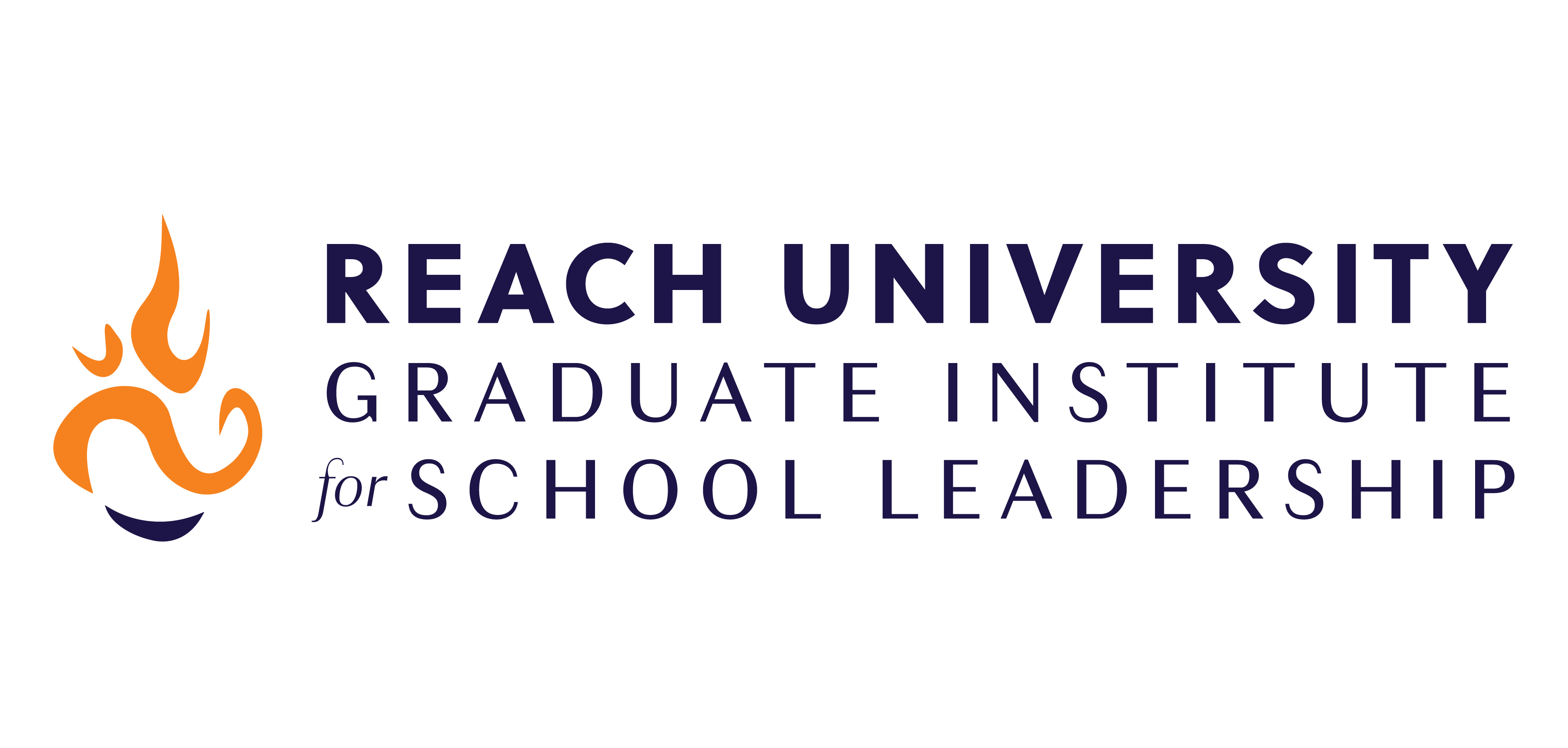Developing Effective Plans for Special Education Students

The purpose of special education is to enable students to successfully develop to their fullest potential by providing a free appropriate public education in compliance with the Individuals with Disabilities Education Act. The IEP creates an opportunity for teachers, parents, school administrators, related services personnel, and students (when appropriate) to work together to improve educational outcomes for children with disabilities. Writing and implementing an effective IEP requires teamwork. Both federal and state law provide rights and protections to students with disabilities and to their parents. However, schools often find themselves out of compliance with these laws. While IEPs are required to be individualized and should provide a roadmap to academic acceleration, many are “cookie cutter” and are not designed to meet the unique needs of students. As a result, our most vulnerable students are not given appropriate educational programs and are not making progress. When done well, IEPs are designed with operationally beneficial instructional contents and can be used as a reference for planning instruction. Research indicates that student growth is positively correlated with the quality of the IEP. Thus, the ability to develop and implement IEPs is required for advancing educational outcomes of students with disabilities. Research shows that standards-based IEPs (SB-IEPs), that utilize data-based individualization (DBI), can improve outcomes for students. This action research project shows how professional learning communities can be used to enhance IEP team collaboration and train teachers on SB-IEPs and DBI. This research project further reveals the impact of IEP templates and writing manuals on assisting teams in writing SB-IEPs that incorporate DBI. The results of this research indicate that if IEP teams engage in professional development and capacity building activities, they can more effectively collaborate to develop legally defensible IEPs that facilitate academic access for students with disabilities. As a result of the intervention, staff were able to collaborate to craft standards-based, data driven IEPs that can be used to drive student instruction. Common training with an IEP writing manual and checklist increased team members’ knowledge and understanding of how to write a meaningful IEP. A comparison of pre- and post-intervention IEPs indicates that after receiving common training on the use of an IEP writing manual and checklist, teams wrote IEPs that not only met compliance indicators but also produced IEPs designed to support students in achieving educational benefit. Training on grade level standards resulted in IEPs that were aligned to the Common Core State Standards and team building created an environment in which teachers were able to collaborate productively and push one another’s thinking to create meaningful IEP plans.

